In late August, Turkey’s First Lady Emine Erdogan released an emotional statement on the death of Sule Yuksel Senler, the conservative Turkish author and activist, who played a crucial role in empowering the country’s conservative women and normalising their personal choice of wearing headscarves.
“I am particularly indebted to her because she was instrumental in our marriage, for which I am thankful [to God] every day, and we as a society are indebted to her because she was an example of strength and patience against life’s difficult tests,” the first lady said.
In the 1960s, her activism landed her in trouble as the Turkish authorities imprisoned her on the grounds of insulting the then-President, Cevdet Sunay.
Interestingly, the first lady honoured Senler on her passing on August 28, 2019.
During her youth, the first lady stayed at Senler’s house in Istanbul’s Bahcelievler district in the mid-1970s, after she moved to Istanbul from Turkey’s eastern province Siirt.
Back then her future husband, Recep Tayyip Erdogan, was a young conservative leader affiliated with the MTTB (Turkish National Student Union), who used to visit Senler’s house from time to time to discuss compelling social and political issues that affected the country’s youth.
“Ms Sule used to say to her ‘My daughter, Emine, let’s marry you’ and she would evade Senler’s inquiry saying just ‘OK’,” Mine Izgi, a conservative female author who had worked with Senler since 1984, told TRT World.
During her stay, Izgi said, Emine Erdogan woke up from a dream one day and talked about it to her mentor Senler.

“‘In my dream, I saw a man I was getting married to,’ she told Senler. The same day Tayyip [Erdogan] Bey visits the house. Mrs Emine tells Senler that the man who she saw in her dream was him. ‘I will marry him’, she told Senler,” Izgi said.
“With Mrs Emine’s dream and Senler’s initiative between the two, the marriage eventually materialised.”
To this day, Erdogan and the first lady appreciate and cherish the role Senler played in their life.
Paying homage to Senler, Erdogan also evoked her legacy, describing her as “a leading figure of the headscarf cause, who dedicated her life to raise awareness of the youth”.
For most of her lifetime, Senler championed the causes of social equality across Turkey, a country that followed radical interpretations of secularism following its establishment under the leadership of Mustafa Kemal Ataturk in 1923.
Senler’s search for ‘the true path’ and a modern headscarf
Born in 1938 in Kayseri, a central Anatolian Turkish city, Senler had Cypriot-Turkish ancestry. She moved to Istanbul in the 1940s following her father who had decided to be a businessman. The family embraced modern Republican secularist values, enjoying balls and other contemporary social activities, according to family members and friends.
Like her mother and two sisters, she wore heavy make-up and did not practice religion. But in the coming years, Senler and her sisters experienced a transformation as they followed Islamic teachings and changed their wardrobes. They shunned the Western style of dressing and embraced headscarves.
“They had a very modern life,” said Aysenur Alev Yilmaz, Senler’s niece and an academic in the field of linguistics, who was born and raised in Denmark. Yilmaz’s mother, Gonca Gulsel Senler, was also a leading conservative author and activist, supported her older sister’s struggle.
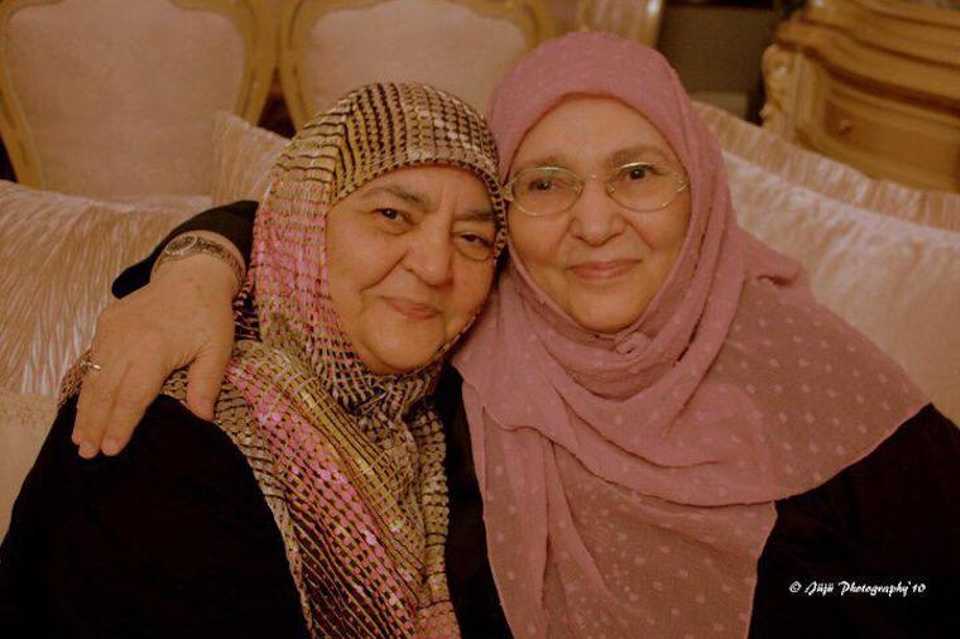
It was in the 1960s when the family began to experience a shift from living a Western to a conservative life. And it all started with Ozer, the lone male sibling of the Senler sisters, who was found secretly praying in his room. Senler’s sister, Gonca, thought her brother was “doing strange things” in the room and she informed her parents, Yilmaz said.
Ozer was influenced by Turkey’s Risale-i Nur movement, which was launched by Said-i Nursi, a leading Islamic scholar and author, who passed away in 1960.
On hearing of his prayers, Senler’s parents were in rage, forbidding Ozer from leaving his room for days. But Ozer did not give up and kept praying and attending the meetings of the Nur movement.
Eventually, Senler also attended the group’s meetings.
“One day my aunt [Sule Yuksel Senler] told my uncle that ‘I also want to come to your meetings’. She goes to one of the meetings, which were only for women, with polished nails, facing criticism from other attendees for her make-up,” Yilmaz told TRT World.
“She looked like a movie star,” Ozer’s daughter, Mebrure Senler, remembered.
The criticism made her think about her outfit, according to Yilmaz and other Senler family members. She felt slightly embarrassed and decided to show up to the meetings in conservative clothing.
The meetings and her own enquiries into Islam and its culture drove Senler to fully embrace a religious life.
Prior to becoming a noted activist, she was a seamstress trained by an Armenian master tailor. She read European fashion magazines and thought about altering the conservative clothing.
By 1965, she permanently wore a headscarf, but it was slightly different in appearance compared to the ones worn by Turkey’s religious women. Senler refashioned it, gave it a sharper touch to make it popular among urban women. Her headscarf looked more like a slick headwrap in appearance, which covered both hair and neck, giving women a neat and formal look. The traditional scarves left some hair strands and neckline open.
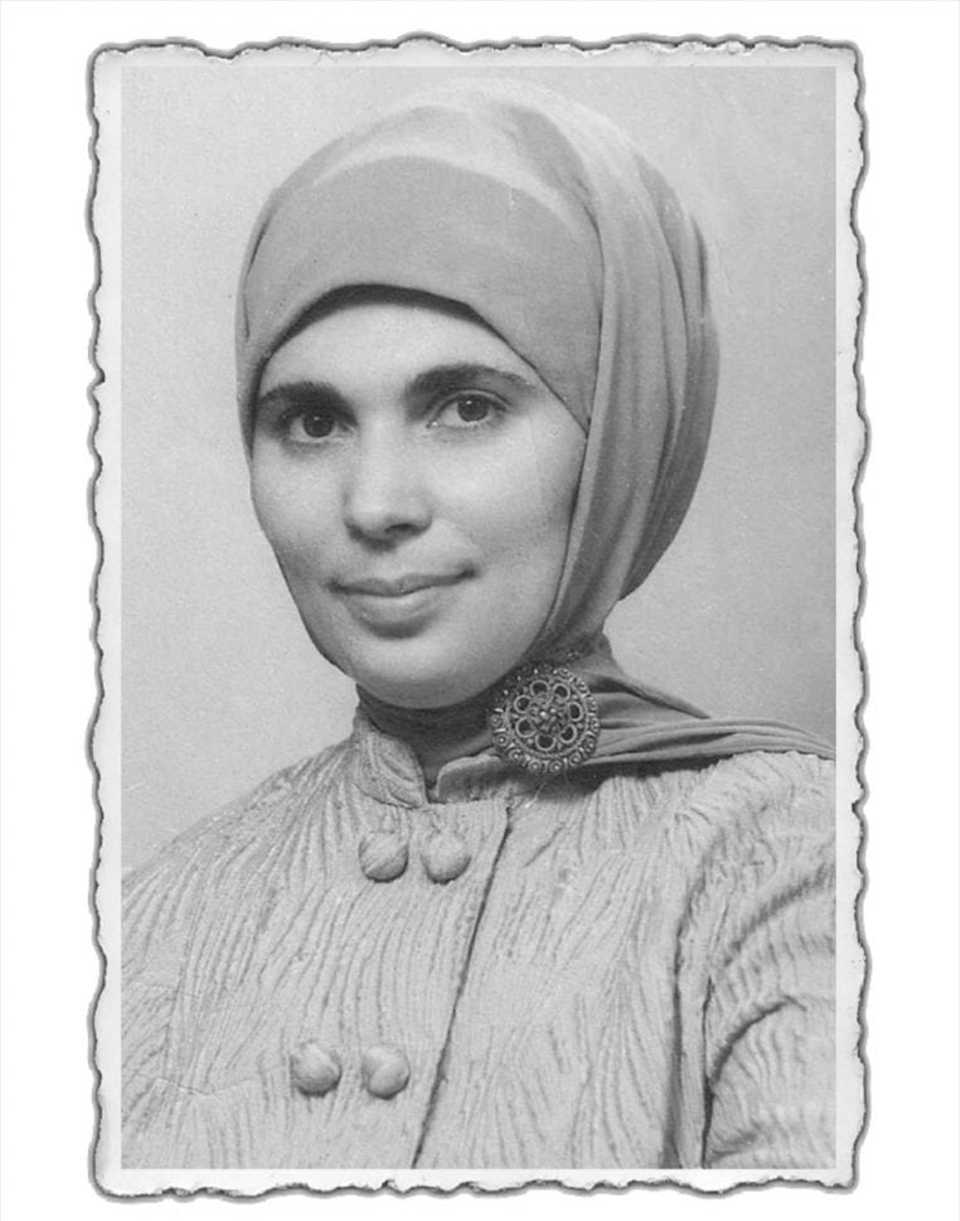
“I decided to wear the hijab out of my free will,” Senler said, during an interview in 2012.
“At the time [1965], I loved the way [American actress] Audrey Hepburn covered her hair. When I decided to have a headscarf, which was indeed my invention, I also thought about her.”
Senler’s new headscarf became popular as ‘Sulebas’, which means a Sule style of headscarf.
“While she did not like this description much in her later life, she laughed it off,” Yilmaz said.
“You can see [a woman’s hair] from the front with that way of tying up your scarf; the way that the scarf is tied around the back doesn’t exist anywhere then. It doesn’t exist in other nations, nor in our country. During windy weather, the scarf can flutter. It can reveal your neck, your hair. This was to tidy up the whole thing and give a modern appearance, to set an example to Muslim girls and women of the time who were made to feel inferior [by Western society],” Senler added.
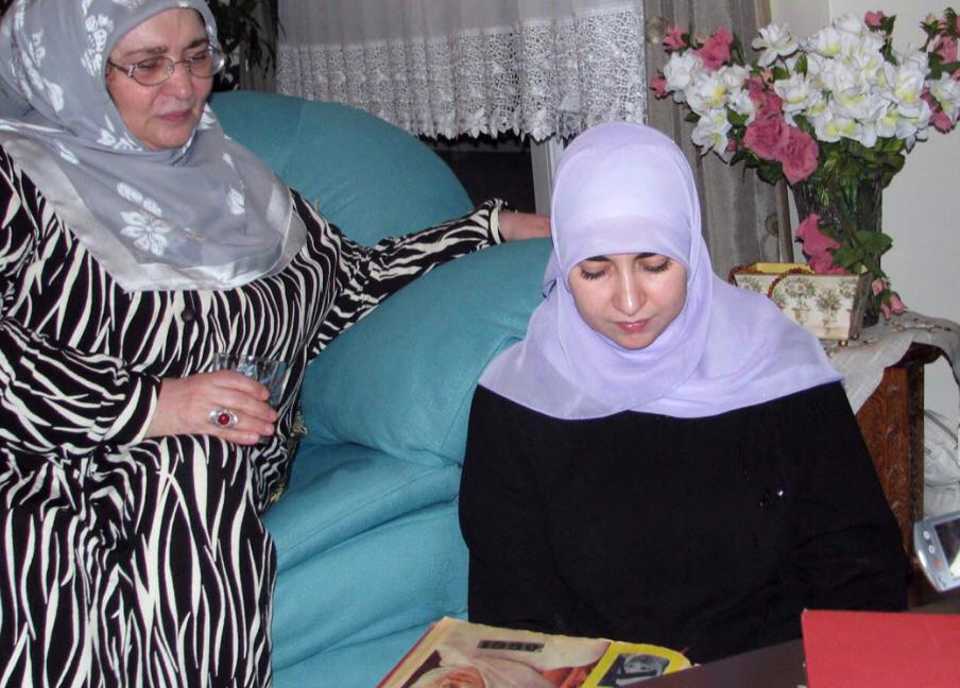
Facing political pressure
Before turning to religion, Senler wrote articles on a range of issues. After becoming a practising Muslim, she wrote on religious matters, criticising the state’s hardline secularist positions that impacted the upward mobility of conservative women and robbed them of opportunities because they did not adhere to Western clothing. She encouraged conservative women to participate in public life.
Prior to the AK Party coming to power in 2002, the Turkish state largely viewed Senler’s headscarf as a challenge to its authority, banning it from public spaces and schools.
In 1971, after a military memorandum, the newly elected president Cevdet Sunay threatened that “the leaders of women and girls with hijab will receive punishment” referring to Senler and her supporters.
Instead of fearing the president, who was a former top general, Senler wrote a fierce letter to him, saying: “He needs to apologise to both Allah and nation [for his words],” according to her family.
She was immediately imprisoned on charges of insulting the president.
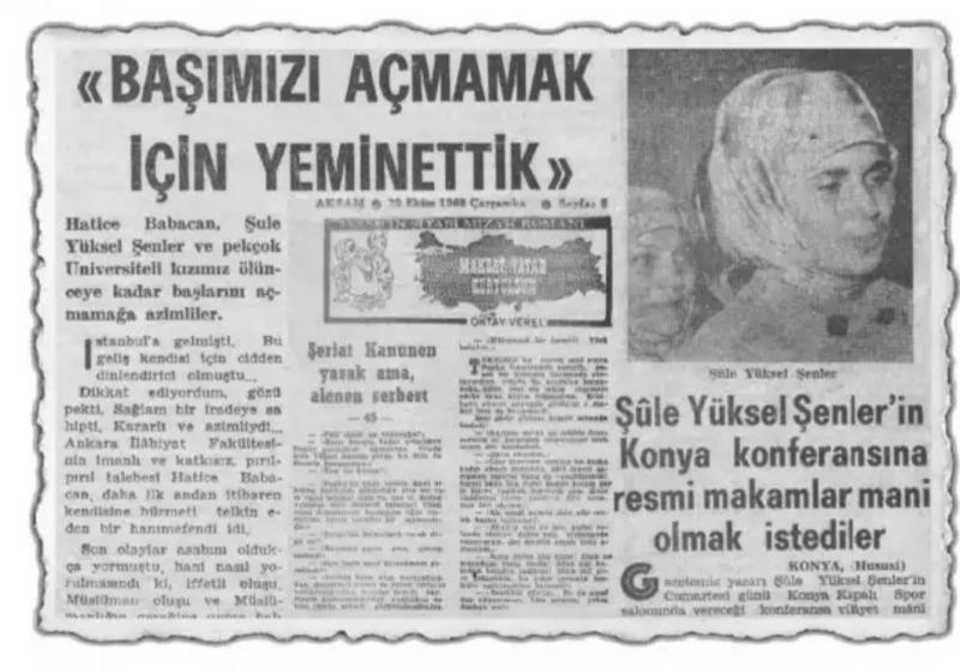
“Mother Sule was a woman with a cause, having a stance of life with strength, courage and an uncompromising attitude,” said Muzeyyen Tasci, a conservative Turkish author, who was mentored under Senler’s tutelage for nearly 30 years.
The autocratic response to Senler’s headscarf made her famous among conservative women and men.
“People who wanted to silence my aunt’s voice, indeed, somewhat promoted her in a better way. If they did not indict my aunt, imprisoning her and bringing more bans, newspapers would not talk about her and neither Sule Yuksel Senler nor Sulebas could have been known [by the larger public],” Yilmaz said.
But newspapers talked about her for months and she had become a prominent figure in the turbulent 1970s, which had witnessed bloody clashes between left-wing and right-wing groups.
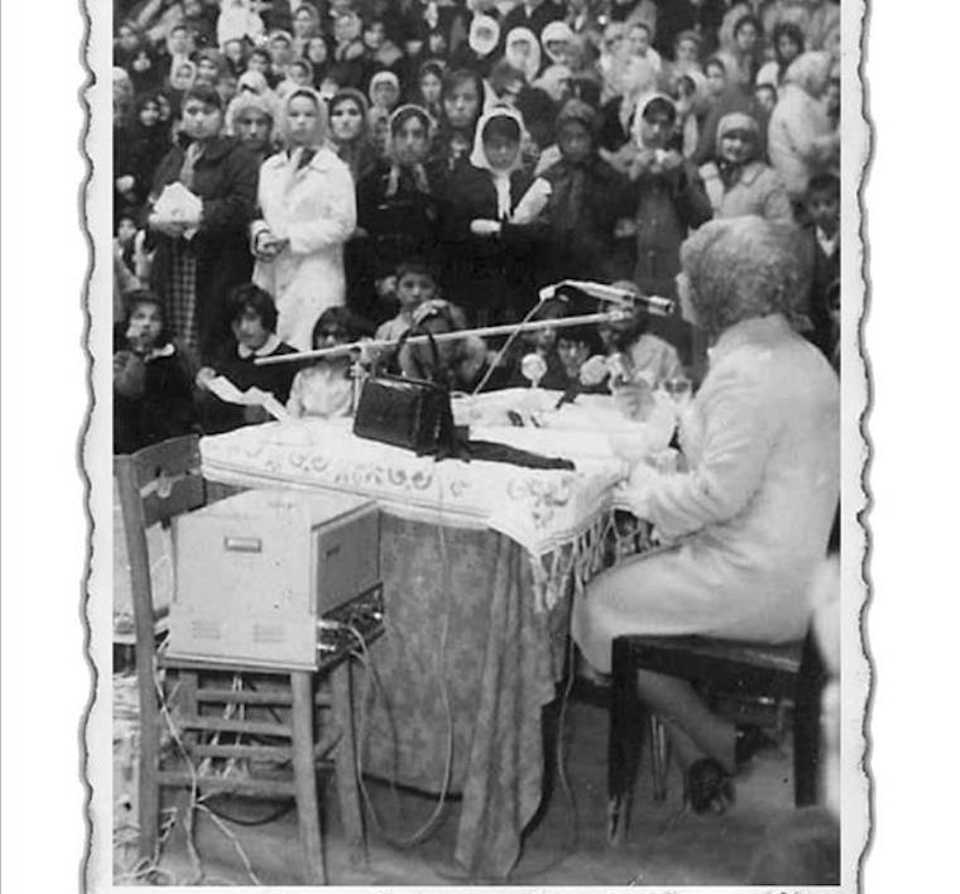
A female conservative movement
Senler’s life, with so many ups and downs, changed the way conservative women live and see their life in larger society, making them an active part of the Turkish workplace and politics.
She gave hundreds of speeches across the country, encouraging conservative women to participate in politics and social life, contributing to the development of a female conservative movement.
Senler regularly wrote articles for Milli Gazete, a conservative newspaper and the official publication of the religiously-minded Milli Gorus movement, which inspired Erdogan and most of his supporters in the AK Party.
Turkan Kumru, a conservative activist and a friend of Senler, had known her from mid-1970s. In 1975, Kumru and her friends came to Senler’s house after seeing one of her articles in Milli Gazete, where she talked about one of her speeches in Malatya, an eastern Turkish province. The speech was organised by a local female association.
In 1975, Kumru and her friends, inspired by the local female association, offered to establish a similar organisation in Istanbul.
“She liked the idea so much and wanted to be part of it,” Kumru told TRT World.
Eventually, Kumru and her friends established the Idealist Women Association the same year they met with Senler.
“She did not take an official position, but she had been our honorary president. We would not make any decisions without asking her,” Kumru, who became the first president of the association, said.
She played a critical role on Muslim women’s gaining confidence to themselves, showing them that it’s possible to be part of social life without losing your religious principles, Kumru said.
The association still exists today. Izgi and others among Senler’s friends are part of it and publish the magazine Idealist Women.
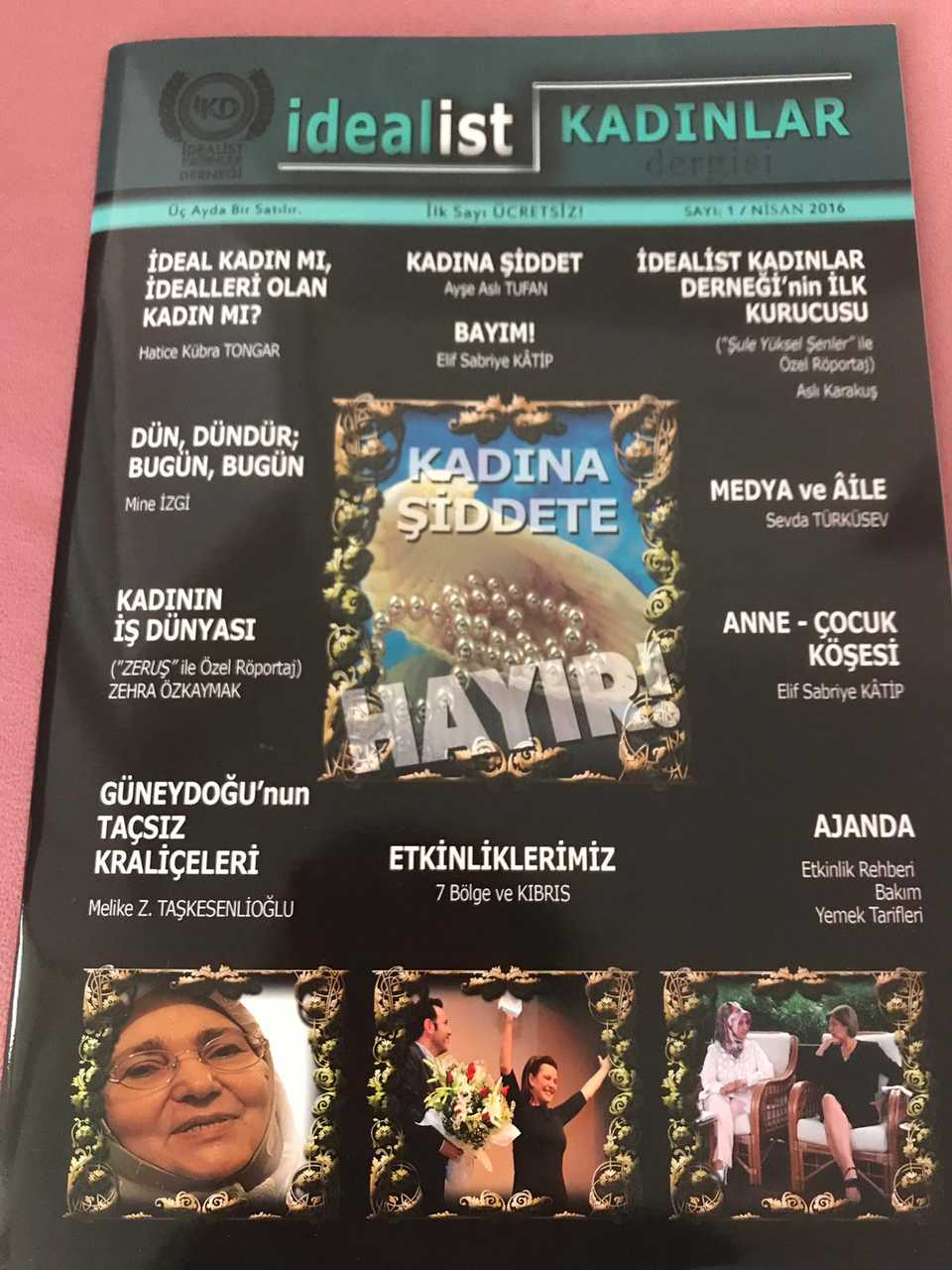
In her 80s, Senler wrote her last article for the magazine.
“Her struggle in our country left revolutionary effects, which will continue to influence people [particularly women] generation after generation, in our spiritual world,” Tasci told TRT World.
“She opened up a long-running path to women by introducing ‘women with hijab’, who [secular elites] wanted to exile into rural areas, into metropolitan life, tumbling the example of women under the influence of Western culture in the 1960s and onward,” Tasci said.
Tasci believes that Senler laid the foundations of the model of urbanite and well-educated conservative women, who have concerns for Islamic values as much as the courage to question their surroundings, thanks to their extensive knowledge about the world.
Senler’s resolute behaviour, accompanied by a strong sense of femininity and independence, would be the hallmark of her intellectual life and activism, according to her friends and family members.
Huzur Sokagi (Peaceful Street)
Senler’s conservative female revolution found its expression in her bestselling novel, Huzur Sokagi, which has sold millions of copies across Turkey since publication in 1970, leaving an indelible footprint on the conservative masses.
TRT World interviewed several conservative women, whose ages ranged from mid 20s to late 40s, about the influence the book had on their lives and beliefs. All of them said that they had read the book when they were attending middle school and the novel left a powerful impact on their memory.
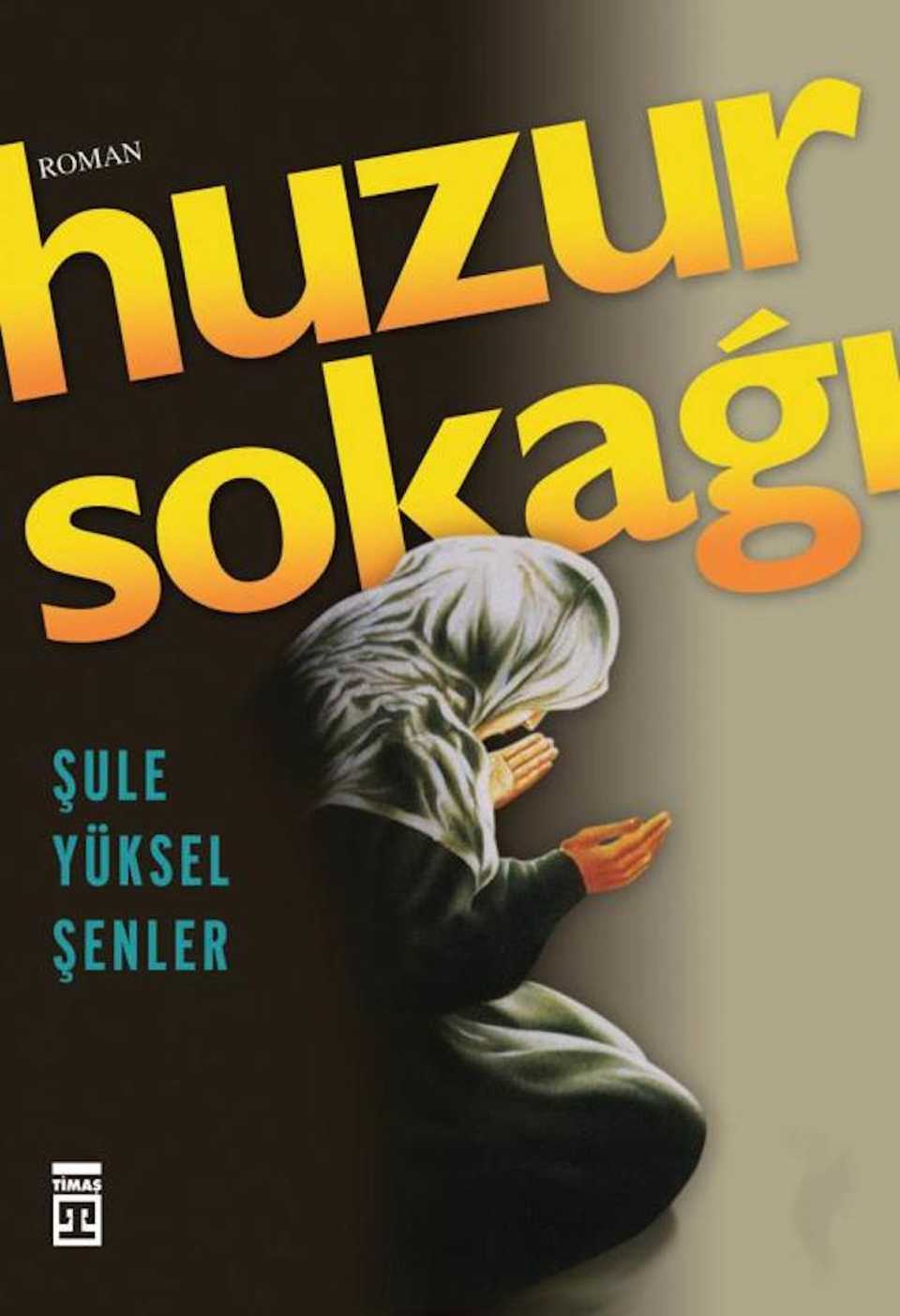
From left to right, many experts agree that a few other books have had affection from Turkey’s conservatives than Huzur Sokagi, which has taken its place in the library of almost every conservative family. The book has also inspired conservative parents including the Erdogans to give names to their sons and daughters, using the names of the novel’s main characteristics like Feyza, Bilal and Hilal.
The book narrates a pure love story in which the female hero of the novel, Feyza, decides to wear hijab later in her life, dedicating herself to an Islamic lifestyle after going through complications including rejection by a conservative lover.
“Ms Sule penned the book, aiming to introduce a polite elegant woman prototype with Islamic values to [Turkish] society. The book has really been so successful,” Izgi said.
Feyza quite looks like Senler, who was best known for her gracious and polite behaviour, according to the testimonies of both family members and friends.
But Feyza’s fate also appears to be similar to Senler’s.
“She used to say that ‘Most of Feyza’s emotions are my emotions’. Feyza is so elegant, but she could not meet her lover at the end. That’s why, she was identifying Feyza with herself,” Izgi said.
Senler fell in love with a neighbour when she was 18. But because of a dispute over her future mother-in-law staying in the couple’s house, the marriage did not take place, leaving a lifelong pain in Senler’s heart.
Later, Senler married twice, but neither marriage went well, ending in divorce.
“I truly loved so much. It was not like a childhood crush, but it is a love which continues forever,” Senler explained of her first love in one of her latest interviews in 2012.
“So pure and so stainless,” she said.
Senler family members and Mahire Aslantepe contributed to this article.










Discussion about this post